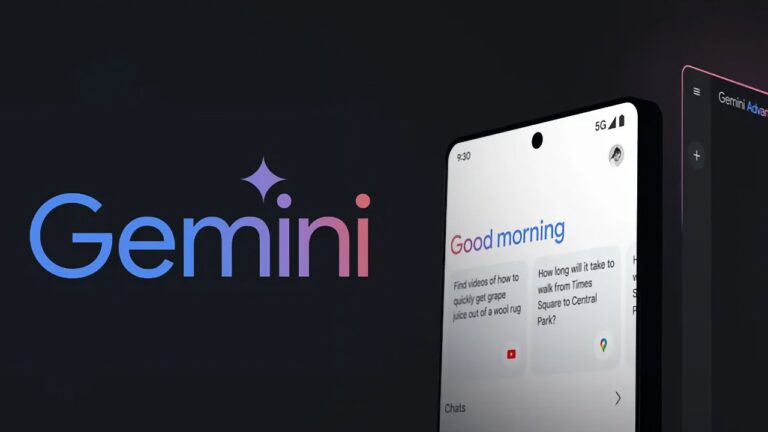
Audience
- Sentiment: positive
- Political Group: progressive
- Age Group: teenagers and young adults
- Gender: both genders
Overview
- SpaceX successfully launched 21 Starlink V2 Mini satellites, enhancing global internet connectivity.
- The new ‘Direct to Cell’ feature allows smartphones to connect directly to satellites, improving access in remote areas.
- Bhutan joins the network, marking a significant step towards bridging the digital divide and expanding educational opportunities.
SpaceX and the Starlink Revolution: Bringing the World Together One Launch at a Time
Space exploration—just saying the words can make any adventure-loving teenager’s heart race with excitement. Imagine rockets soaring into the skies, satellites zipping around the planet, and the potential for internet access everywhere, including the most remote areas of the globe. Recently, SpaceX made headlines with another successful launch, and it’s one that could change how we connect with each other. Let’s dive into what happened, why it matters, and how it all fits into our world today.
Launching Into The Future
On a bright day at Cape Canaveral, Florida, SpaceX executed a remarkable launch. Time stood still for a moment at 1:53 p.m. EST, as the Falcon 9 rocket shot through the atmosphere, carrying with it 21 Starlink V2 Mini satellites. Now, for those who aren’t already space enthusiasts, the Falcon 9 is a rocket that has become famous for its reliability and innovation. This launch was not just any regular trip to space; it included 13 satellites equipped with a new capability called “Direct to Cell.”
What exactly does “Direct to Cell” mean? Well, imagine being able to connect to the internet without relying on traditional cell towers, which can be few and far between, especially in rural areas. The Direct to Cell feature will allow your smartphone to connect directly to satellites, bridging the gap between you and the internet, even if you’re mountainous or miles away from the nearest town. With this technology, gathering with friends for a camping trip in the woods just got a lot more interesting. You won’t have to worry about losing signal or missing out on your favorite social media posts!
The Successful Journey of Falcon 9
The Falcon 9 rocket that launched these satellites (with the tail number B1077) has a bit of a history itself. This was its 18th flight, showcasing SpaceX’s commitment to reusability—a key factor in keeping costs down in space travel. After the successful launch, the booster made a safe return and landed on the droneship named ‘Just Read the Instructions.’ Just imagine, as the rocket parts return gracefully to Earth from the vast unknown, it’s like a scene right out of a science fiction film.
SpaceX is a leader in the commercial space industry, and every successful launch further cements its reputation. Each time they launch a rocket, they learn new things about how rockets can be improved and how to use them effectively. It’s like being in one big science class, but instead of sitting at a desk, they are conducting experiments under the stars!
Bridging the Digital Divide
In an age where everything is connected, having access to the internet is crucial for almost everyone—students, remote workers, and even those who just want to binge-watch their favorite shows. One of the major challenges worldwide is making sure everyone has equal access to this essential resource. The launch of the Starlink V2 Mini satellites represents a step toward bridging that digital divide.
The exciting news doesn’t stop there, either! SpaceX shared that T-Mobile, a major cell service provider, aired a Super Bowl advertisement promoting their new partnership with SpaceX to beta test this Direct to Cell service. The interesting thing here is that any cell carrier can participate, meaning that the potential for broader internet access just got even bigger. Imagine living in a small town that previously had limited internet options and suddenly having more choices because of satellites in the sky. This isn’t just changing how we connect—it’s changing lives.
Global Impact and Bhutan’s Inclusion
Another cool highlight from this launch is the announcement of Bhutan joining as the latest country to gain access to Starlink services. This brings the total to 121 countries! Think about that for a second. A tiny kingdom nestled in the Himalayas is now part of a global connectivity network thanks to this cutting-edge technology. It’s fascinating to imagine how students in Bhutan will now have access to the same educational resources as those in the United States or anywhere else. They could take online courses, connect with teachers globally, or collaborate on projects without geographical limits.
More connectivity means more opportunities for education, business, and communication. Imagine if kids your age could connect with their peers around the world on topics they’re passionate about. With Starlink, students can share their cultures, thoughts, and ideas without boundaries—how empowering is that?
Why Should You Care?
Now, let’s take a step back and think about why all of this matters—not just to scientists and engineers, but to you. As part of the current generation, you are growing up in a world that is more connected than any generation before you. With the rise of technology, you have opportunities that previous generations could only dream about. This new level of connectivity democratizes information, education, and entertainment.
Think about your own life. You might live in a city where the internet is easily accessible, but what about your friends who live in rural areas or places without great service? The advancements that SpaceX is making with the Starlink satellites could change their lives, allowing them to participate in the same online communities and learning experiences you do.
Content creators, online influencers, classes, and streaming services—so much of what you engage with and love relies on a steady internet connection. The more widespread access becomes, the more innovation and creativity can blossom across the globe.
Your Thoughts Matter
As we look up at the stars and imagine what the future holds, it’s clear that we’re on the brink of something amazing. Will you one day be part of a space mission? Will you attend school in a virtual format that connects students worldwide? Will you create apps that change lives? The possibilities are endless!
But we want to hear from you. How do you think increased access to the internet could change the way people interact or learn? Do you think it’ll lead to more collaboration and creativity, or are there challenges you’re concerned about? Drop your thoughts in the comments! Let’s join the conversation about the future we’re heading toward, and how you see yourself playing a part in it. The sky isn’t the limit; it’s just the beginning!






